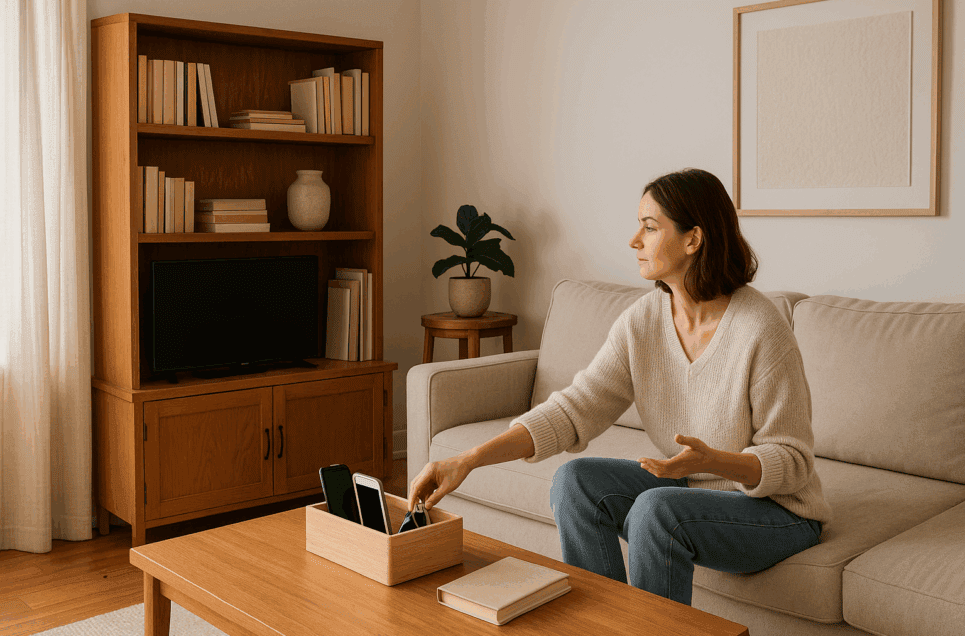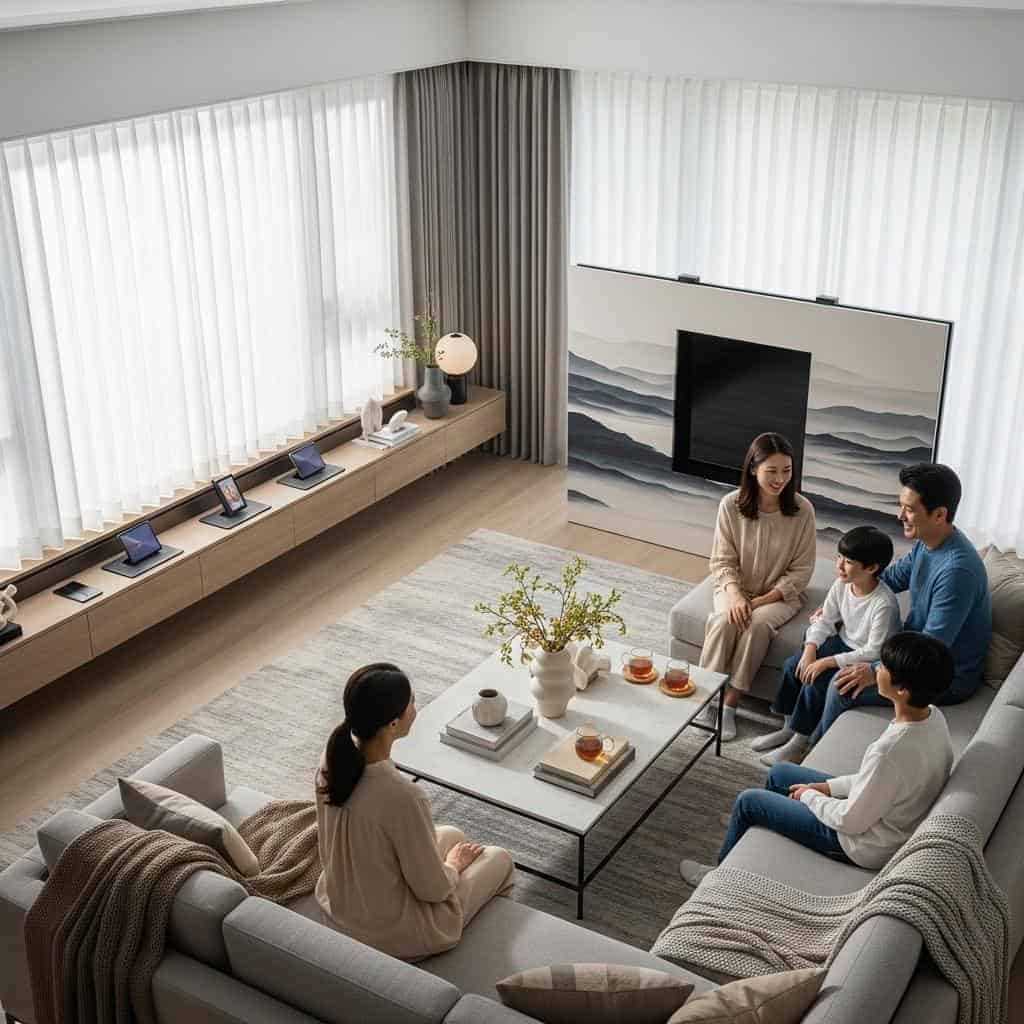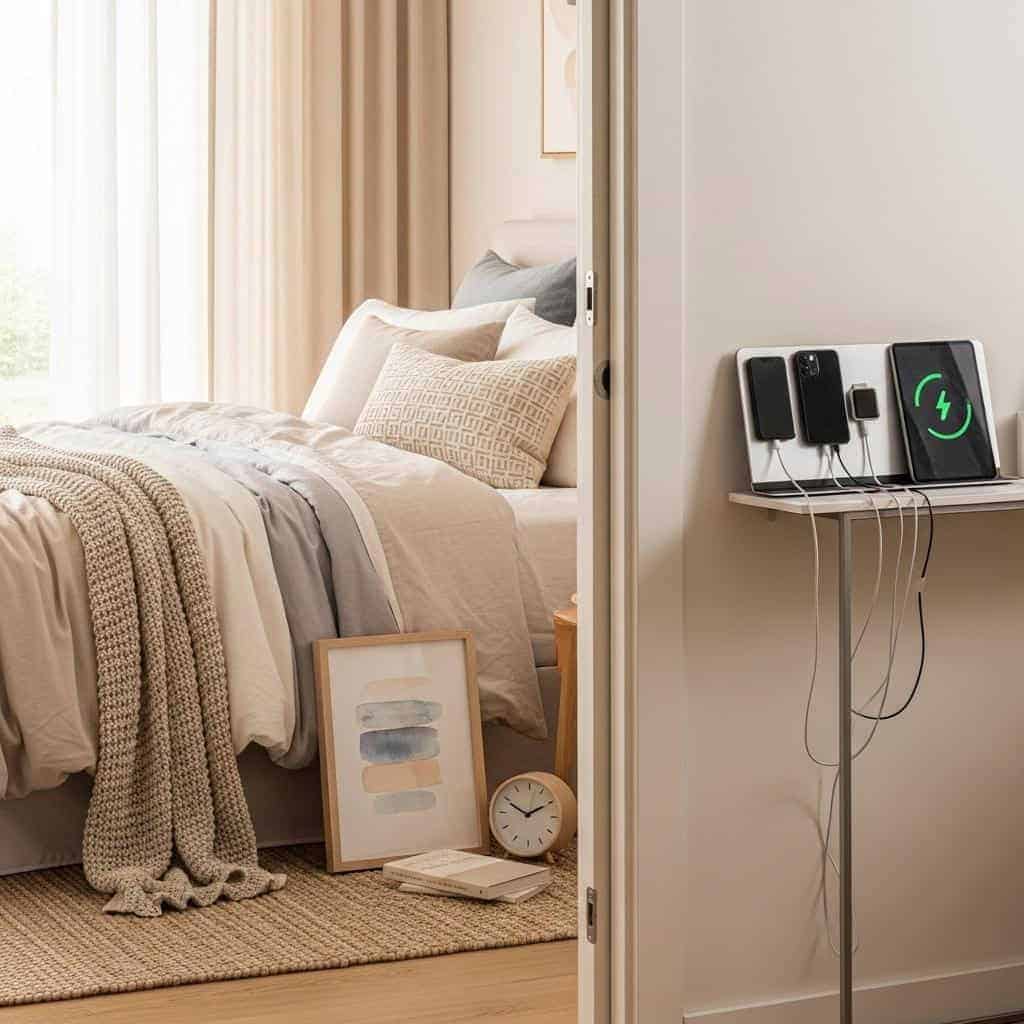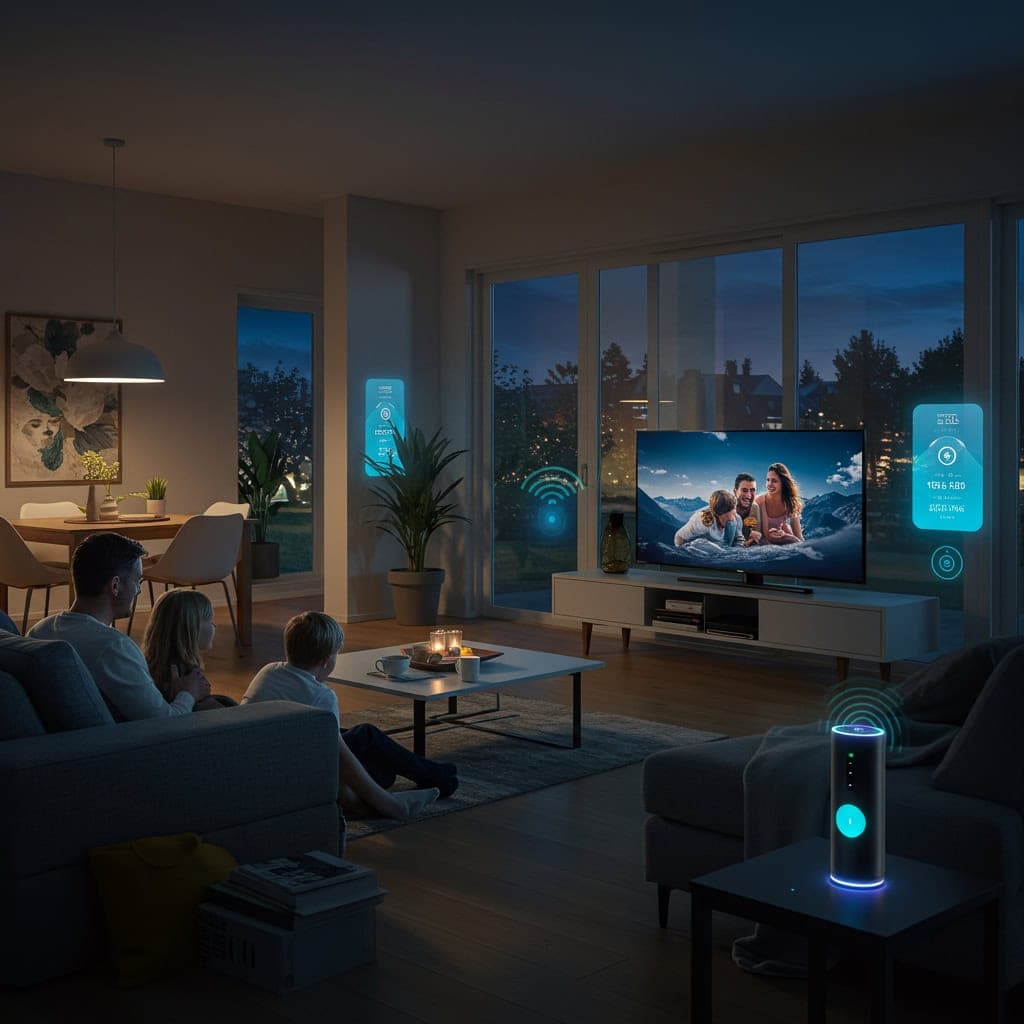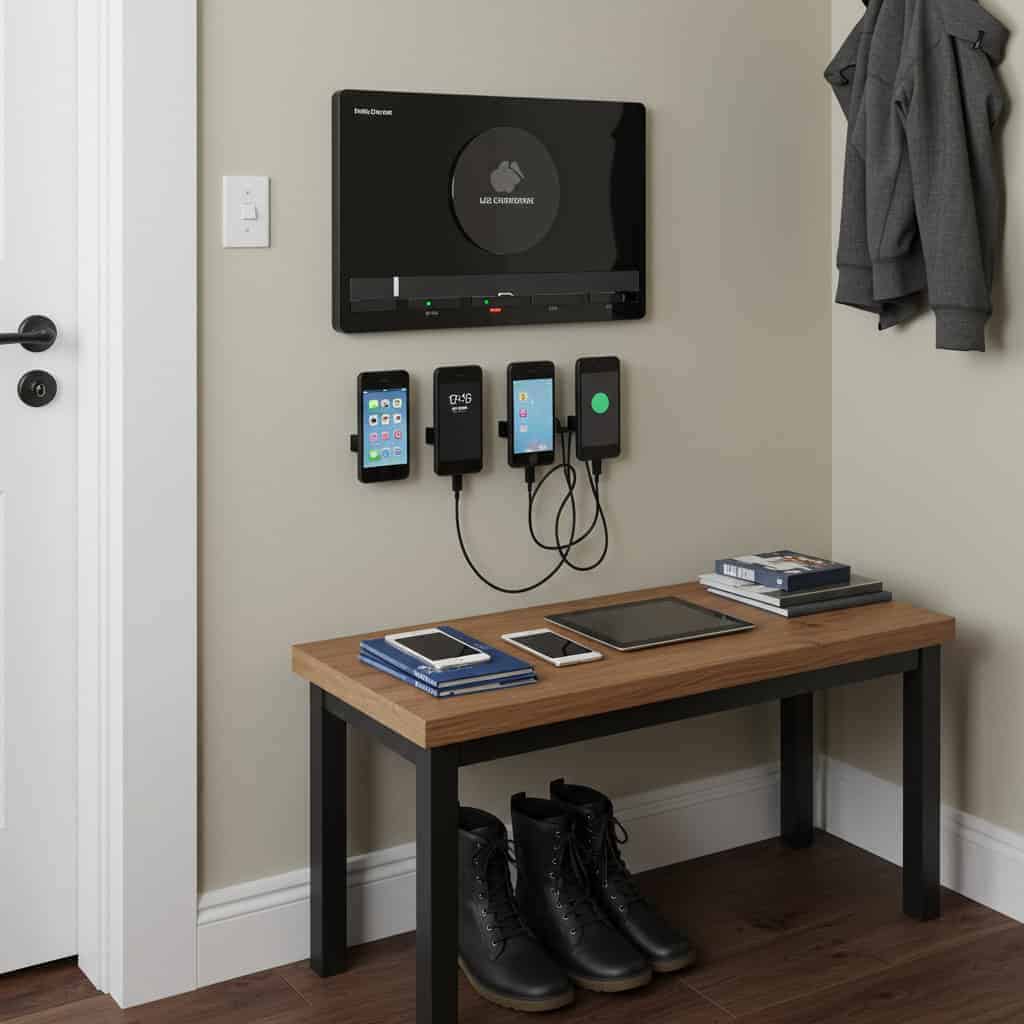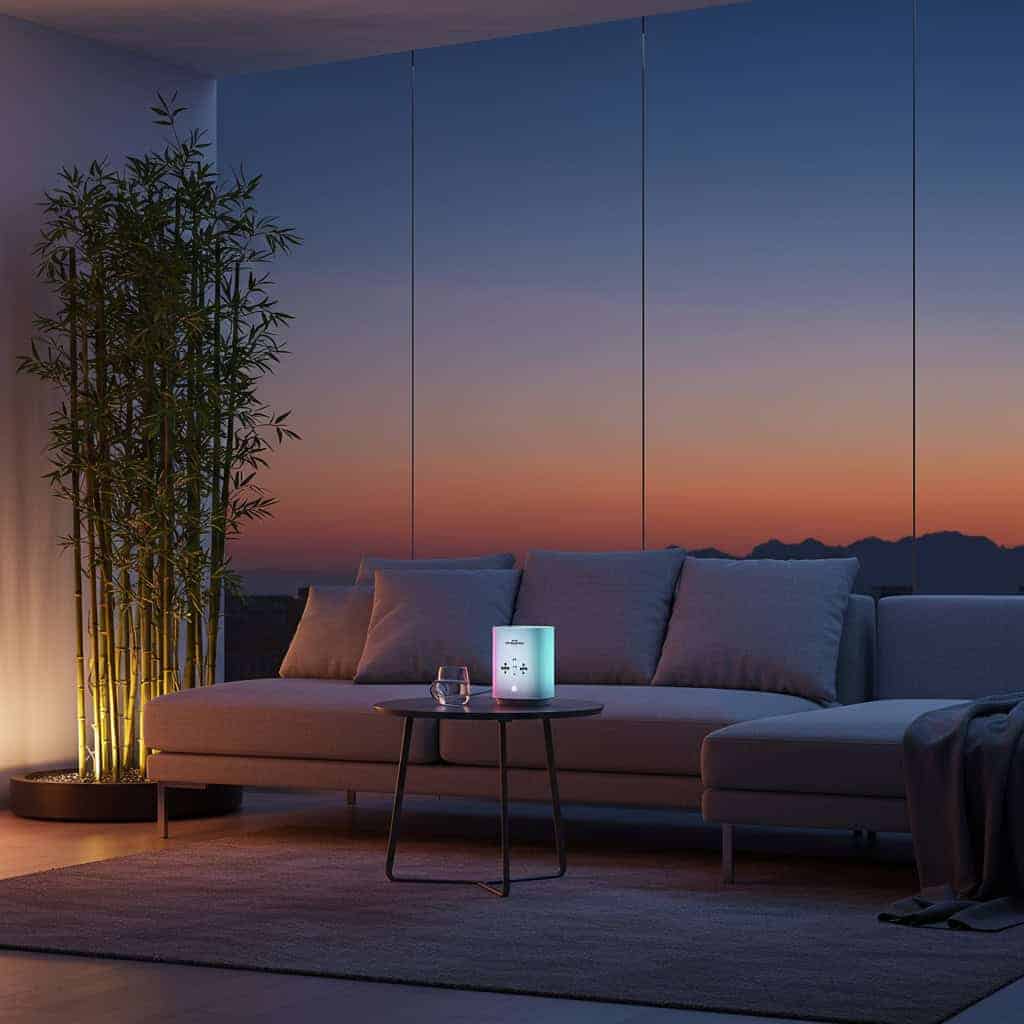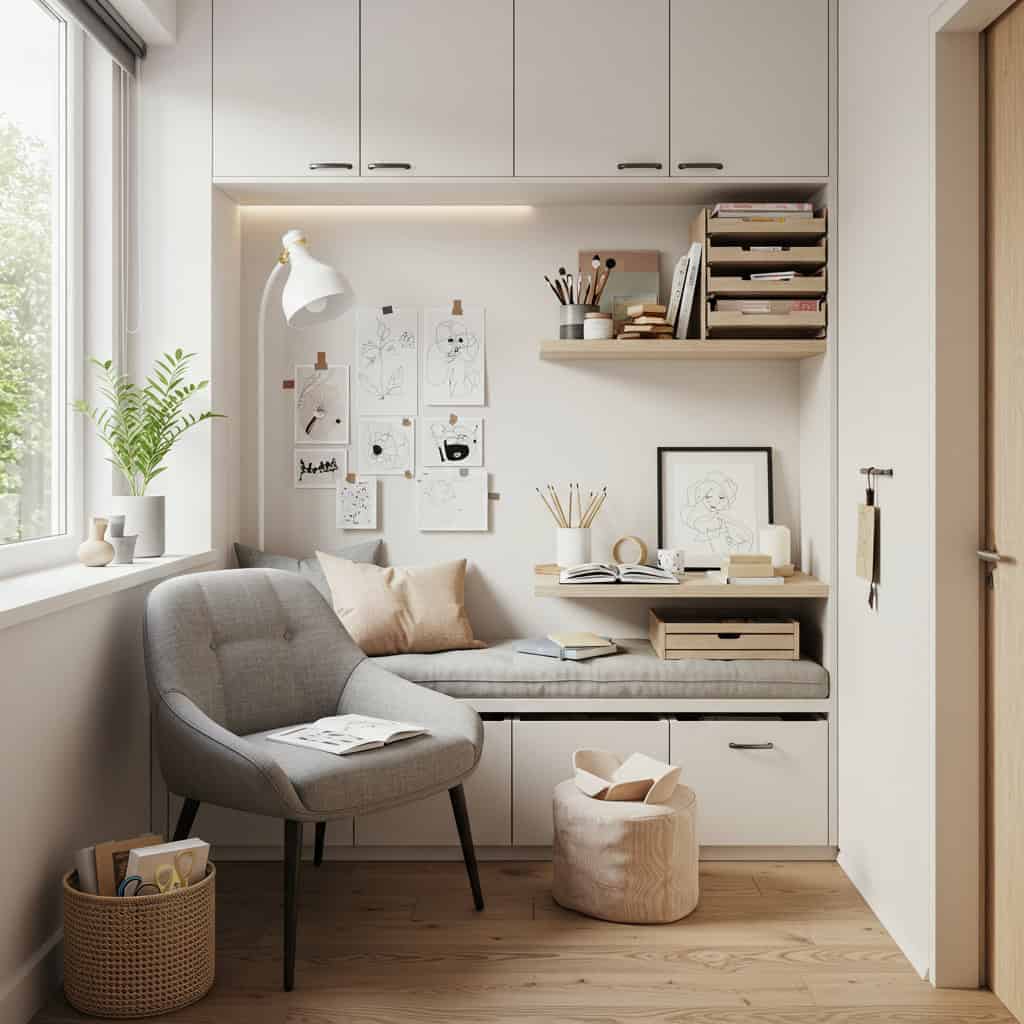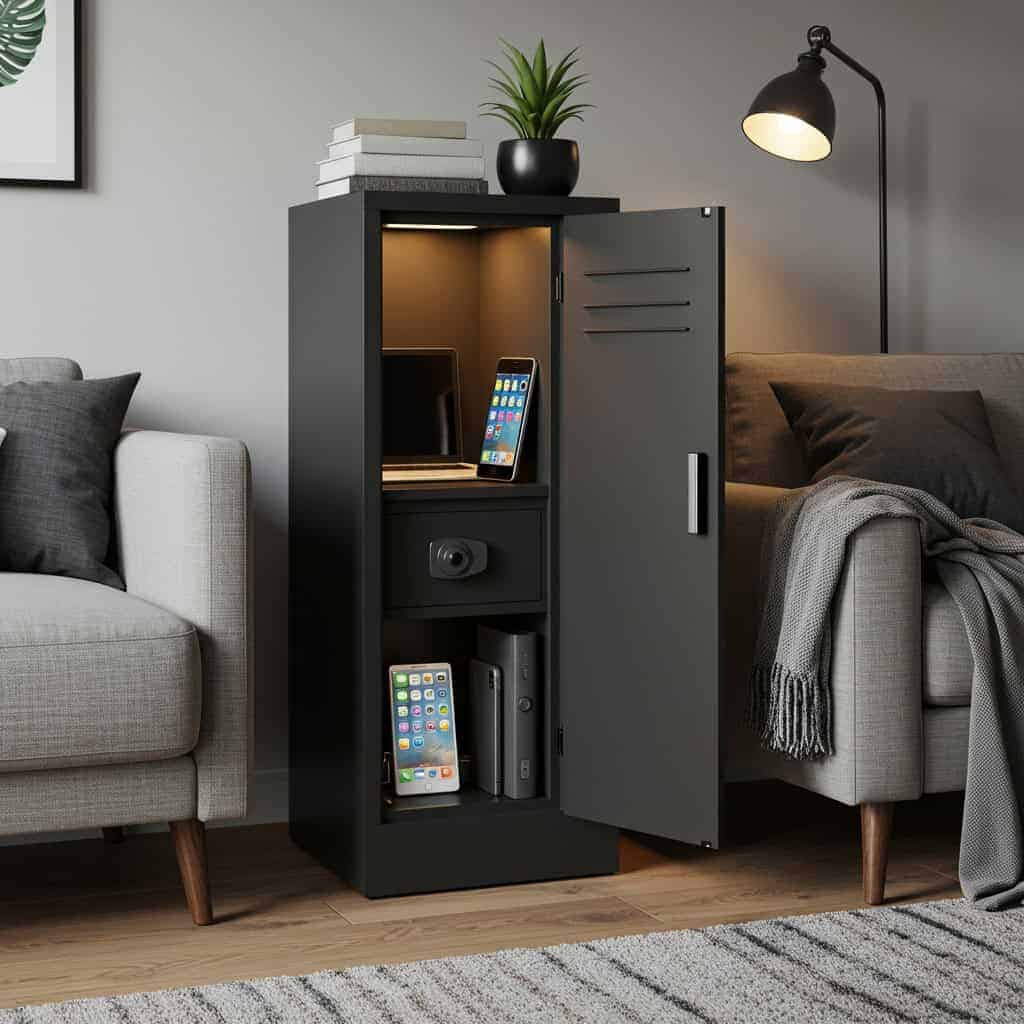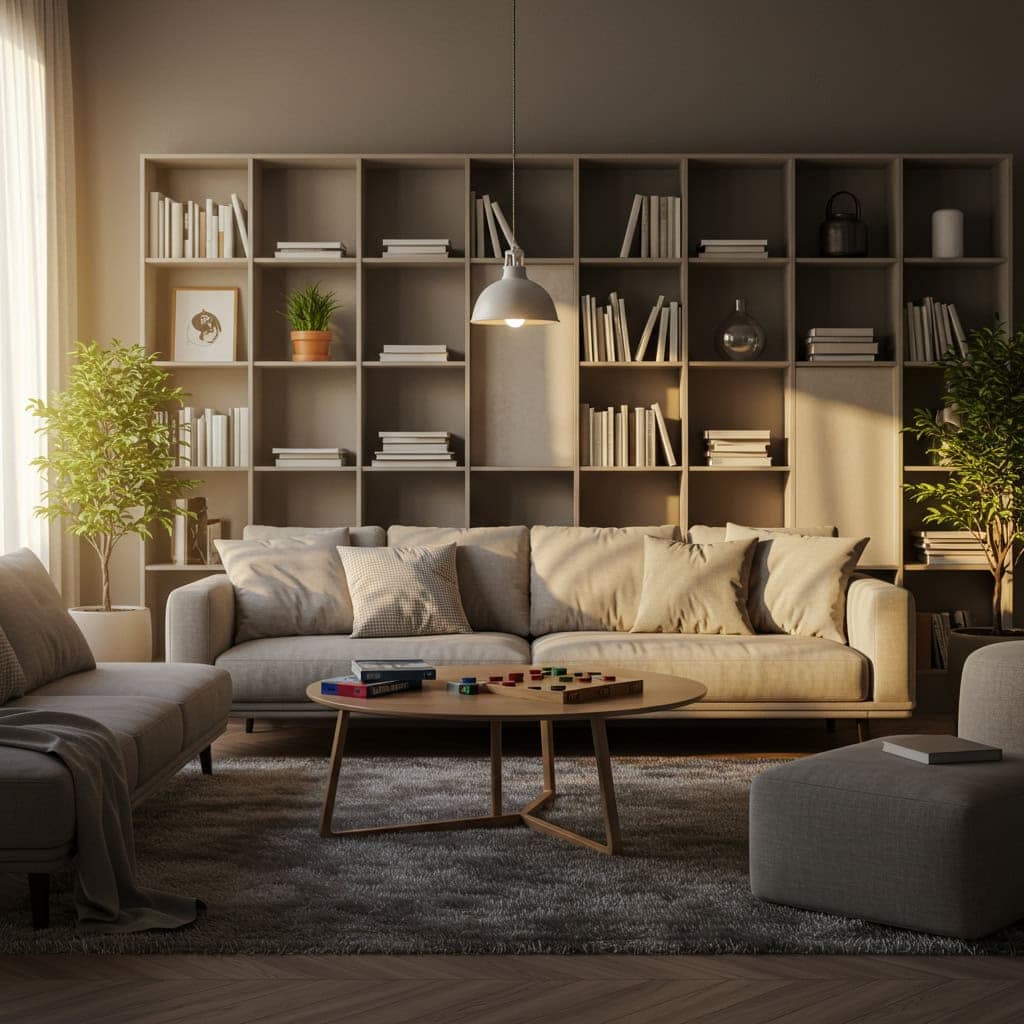As daily life becomes increasingly saturated with digital devices, many homeowners are seeking refuge from screens and constant notifications. This growing desire for balance has inspired architects and tech designers to integrate digital detox features into modern homes. From device-free zones to tech-minimizing materials, these innovations address the need to recharge offline.

